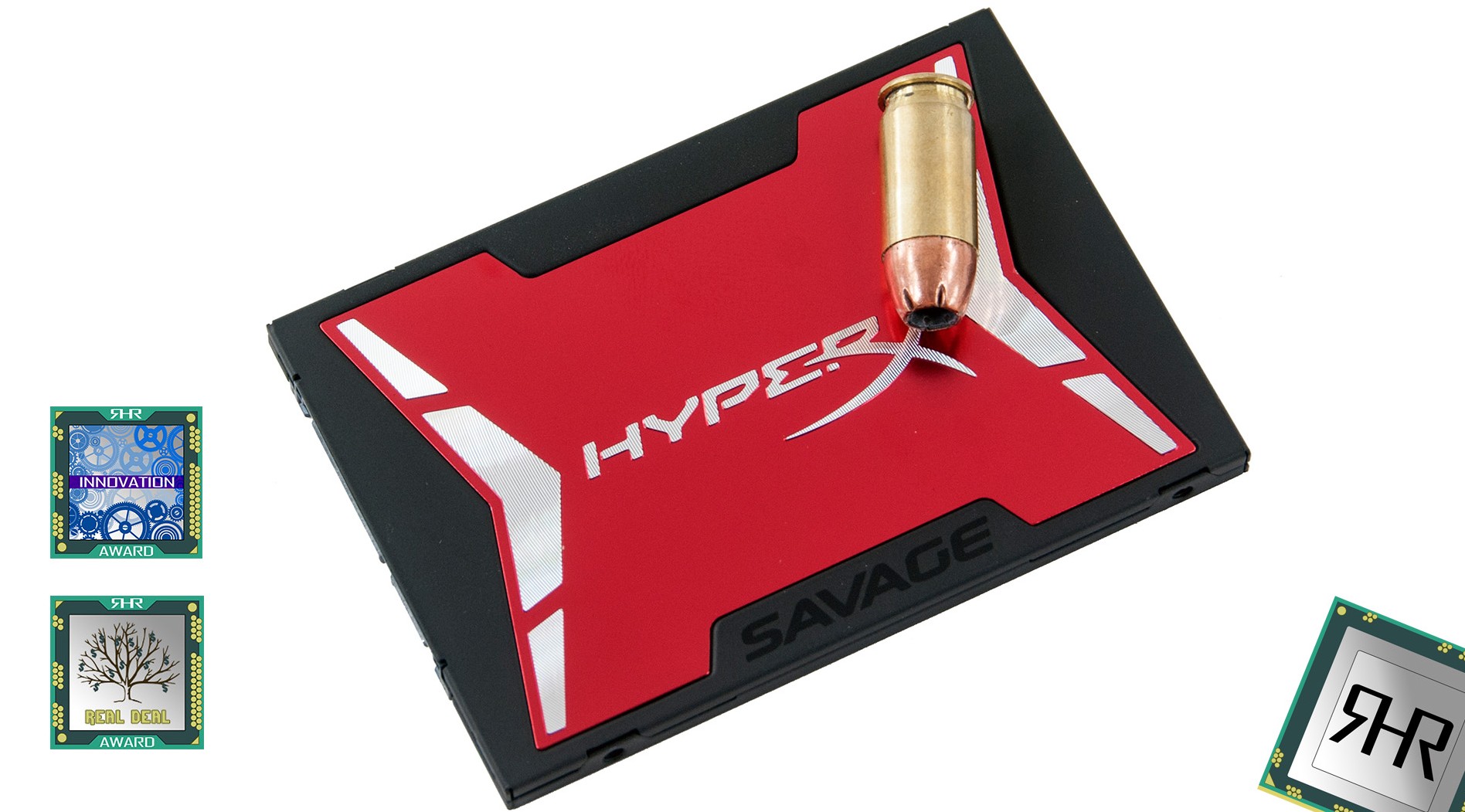With the release of the Ryzen 7 series of CPUs by AMD this year certainly has been exciting times for enthusiast. For the first time in a long-time enthusiast’s actually had options in the high-end desktop arena. So much so that the idea of opting for Intel’s latest and greatest was simply not optimal. After all, Ryzen 7 CPUs offer eight cores with sixteen threads and all are unlocked. To get that level of processing performance from Intel meant dropping a cool grand (USD) whereas AMD’s options cost about half (or even less) of that. Mix in a great selection of motherboards and for many Ryzen 7 was really the only sensible option.
This, however, left more average consumers in a bit of quandary. On the one hand, as Intel has proclaimed for many years now, four cores and eight threads should be ‘enough’ but the siren song of Ryzen 7 was awfully darn tempting. Worse still is that Intel’s top of the line four core i7 7700K costs less than even the budget friendly(ish) Ryzen 1700! This meant that many average people thought long hard about it and decided to go the Intel ‘mainstream’ route instead of Ryzen 7. In other words, AMD was for the first time in a long time not ‘king’ of the value orientated marketplace.
Putting a kybosh into Intel’s plans to this hotly disputed corner of the marketplace is where the recently released AMD Ryzen 5 series comes into play. Specifically, three CPUs all designed to take on Intel’s mainstream options and beat them.

First up is the Ryzen 5 1600X. This CPU offers six cores and 12 threads, is unlocked for easy overclocking, and will only set consumers back a rather reasonable $240 (USD). To put this in perspective this processor costs ten dollars less than an Intel i5-7500K, is higher clocked than Intel’s offering (4.1Ghz with XFR or 4.0Ghz without it vs 3.8Ghz) and offers two extra cores (and four threads) more than what Intel’s ‘mainstream’ CPU can do. Put another way it’s a Ryzen 7 1800X with just two cores disabled but costs less than half of the 1800X. That is one hell of a sales pitch.
The next round in the magazine is the Ryzen 5 1600. This CPU is tailor made for consumers who don’t necessarily ‘need’ six cores & twelve threads worth of horsepower… but still, are intrigued by the idea of spending only $210 in order to get that level of processing power. With a TDP of only 65 watts it also may be perfect for those interested in a lower noise CPU – for instance HTPC and ‘shoe box builds’. To put this in perspective it is $40 less than an Intel i5-7500K. Once again a seemingly great option for those on a tight budget.
Moving down a step we come to the ‘baby’ of the Ryzen 5 series – the Ryzen 5 1500X. While it is ‘only’ a 4core/8thread offering with a max XFR of 3.9GHz (and base clock of 3.5Ghz) it is not to be overlooked. After all this 65-watt TDP processor will only set buyers back a mere $190. Compared to both the cheaper i3-7300 ($160) and the entry level i5-7400 ($190) this processor may just be perfect for those wanting an inexpensive CPU but are not willing to shell out the (unwarranted) price premium Intel is demanding for unlocked processors.
Today we are going to put all three of these CPUs under the microscope to see if their real world abilities do indeed live up to their paper specifications. So sit back, enjoy the ride and let’s see if AMD has indeed taken the value crown back from Intel… or if Intel can rest easily on this highly prized throne for a wee bit longer.












